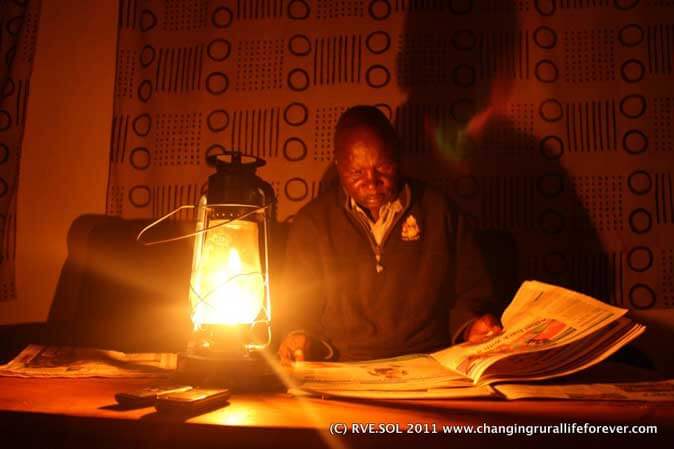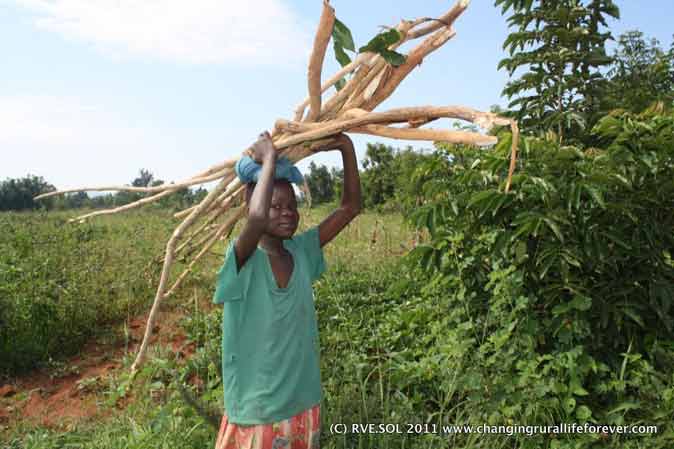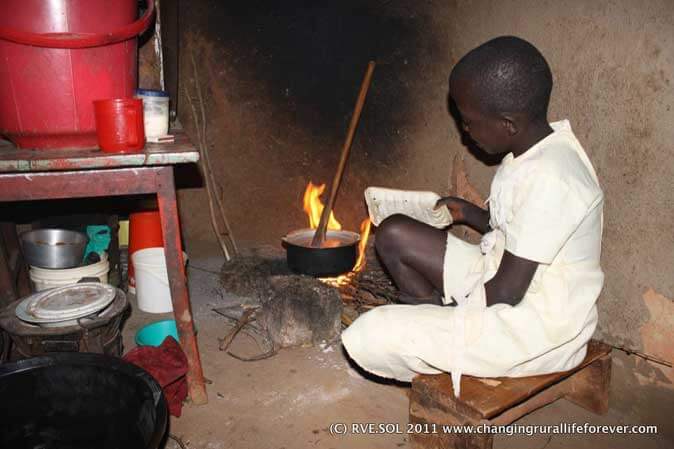
Solution to Rural Poverty
Rural poverty is a struggle for life that perpetuates itself through its very existence.
Imagine your grandparents had a large 10 acre piece of fertile land that only 20 years ago provided more than enough food for the family to eat and often there was some left over to sell and generate some income. Tradition says that this land is your families and it stays in the family after the family’s cattle herd, it’s the most precious thing you own. Either way, life was not bad but it was not possible to acquire more land.
Over time, as your father had 6 siblings, the land got divided up between the the four brothers – the sisters married and moved away to live in the land their husbands inherited. What happened is that your father and his brothers each ended up with less than 3 acres each. Nowadays, you have over twenty cousins – the same land is now supporting over 30 people – previously it was eight. Over the 20 years, the land has been tilled at least twice per annum, income allowing with the use of inorganic fertiliser. The result is that the land is overused, had a very low pH and no longer yields the crops it used to. So, more mouths to feed with less food.
This is what subsistence farming is like. If it’s your lot in life, the chances are that you do not have access to the resources to change it.
In addition, disposable income has decreased and the cost of living has gone up. The kerosene you use for light at night is now over 1$ per litre and the family needs at least 100-200ml a night. It is costing your household over 6$ a month. The cost of wood and charcoal has gone up too. Over time, all the hard wood trees on the family property have been chopped down to cook with – wood now has to be brought in from further afield, often illegally and as a result it is more expensive. The same applies for illegally produced charcoal. By now you are spending up to 15$ per month on wood and coal. That’s pretty much half of what you can gather every month!
Your wife and girl children cough most of the time and suffer from respiratory illness caused by open fire cooking. In fact, that’s what your mother passed away from. Medicine is more expensive than ever.
Things are tough and you don’t see a way to change them. Your children are in school already fortunately – hopefully in 20 years they’ll have a good job and earn enough to help you – adults in your family don’t tend to live longer than 40 or so. The children scarcely have good clothing while their school uniform costs another 5$ or so. Last month your daughter got sent home because her uniform was “too tatty”.
You are living a life of rural poverty – the so-called base of the pyramid (BoP) demographic that “live on less than 2$ per day”.
What if you had a way to invest the 20$ a month that you spend on your energy needs in a solution that provided you with alternative, more convenient choices?
Would you choose instead to use renewable energy in the form of solar electricity for light and biogas for cooking?
Would you choose instead to use organic biofertiliser to reinvigorate your land and improve both the quality and quantity of your crops?
We think you would! And our experience on the ground in rural Africa confirms this. The rural people we speak with are clamouring for alternatives.
RVE.SOL, through our “Changing Rural Life Forever” initiative and our KUDURA Rural Village Energy Hub, is creating those alternatives. The alternatives that are breaking the perpetual cycle of rural poverty, giving those people who really need it, a break so that they can make their lives better.


